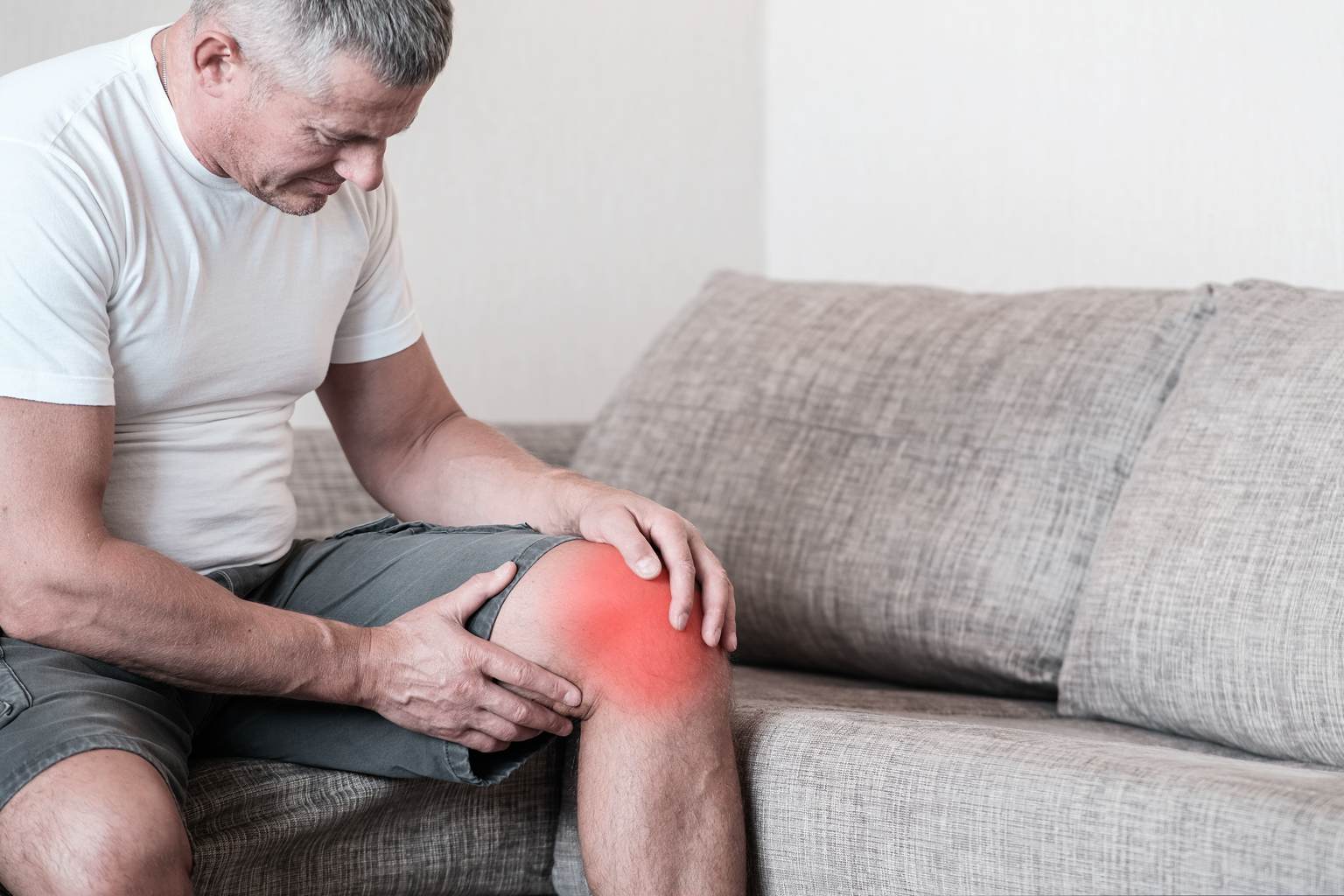Stiff joints after 65 can be a real challenge, but staying active is key to feeling your best. If you’ve struggled with joint pain, you might wonder which exercises are safe and beneficial. Surprisingly, cycling stands out as one of the best activities for seniors dealing with joint issues—offering gentle movement without the harsh impact of some other workouts.
Why cycling is gentle on fragile joints
After turning 65, maintaining both physical and mental well-being becomes a top priority. When joint stiffness or conditions like osteoarthritis hit, the instinct may be to avoid movement. However, staying still often worsens the discomfort. Moderate exercise is crucial for preserving supple joints and building muscle strength.
Among various options, cycling shines because it involves smooth, circular motions that keep your knees, hips, and ankles moving without pounding them. Unlike running or even brisk walking, which can jar sensitive joints, pedaling allows full use of leg muscles while protecting joint surfaces from impact. This means less pain and improved mobility over time.
Cycling helps strengthen your legs, glutes, and core muscles in a way that’s easy on your body. Many seniors living with chronic joint pain have found the activity not only manageable but hugely beneficial for daily comfort.
Boosting both body and mind through biking
The benefits of cycling go well beyond physical health. It also offers mental perks that are especially valuable as we age. For one, regular rides can enhance balance and stability, which reduces the risk of falls—a major concern among older adults.
Improved blood flow supports heart health, and controlling your weight through the calories burned during rides helps ease stress on already sensitive joints. Even more powerful, cycling offers a lift for mental well-being. Feeling the wind on your face during an outdoor ride, breaking free from daily routines, and simply moving your body can reduce stress and fend off feelings of isolation.
A friend of mine, who started cycling regularly at 68, told me how much better she feels emotionally since she began. She used to struggle with low energy and mild depression related to her arthritis. Now she describes cycling as her “moving therapy,” which uplifts her spirit as much as it strengthens her body.
How to pick the right bike and ride safely
To truly enjoy the benefits of cycling, it’s important to select a bike that suits your specific needs and comfort. Whether you choose a stationary bike or a lightweight electric model for outdoor adventures, the key is to feel secure and relaxed when riding.
Adjusting your bike is another crucial step. A properly fitted seat and handlebar height make a huge difference in preventing back pain or worsening existing joint discomfort. Taking time to get the setup right will keep your rides enjoyable and pain-free.
Starting slow is fine—short rides at first will build your confidence and endurance. Listen to your body and avoid pushing too hard, especially if you’re managing joint pain.
From my own experience, when I bought my first bike at 70, I was amazed at how quickly my knees felt more flexible just after a few weeks of regular cycling. It wasn’t about speed or distance but the consistent gentle motion that really helped.
Whether it is indoors when the weather is cold or outside on a sunny day, cycling offers a wonderfully adaptable way to stay active, protect your joints, and boost your mood.
So, have you tried cycling or another gentle exercise to help with joint stiffness? What changes did you notice in your body or mind? Share your story in the comments below and let’s keep the conversation going. Tag a friend who may find this helpful, and let’s inspire each other toward healthier, happier living after 65.
